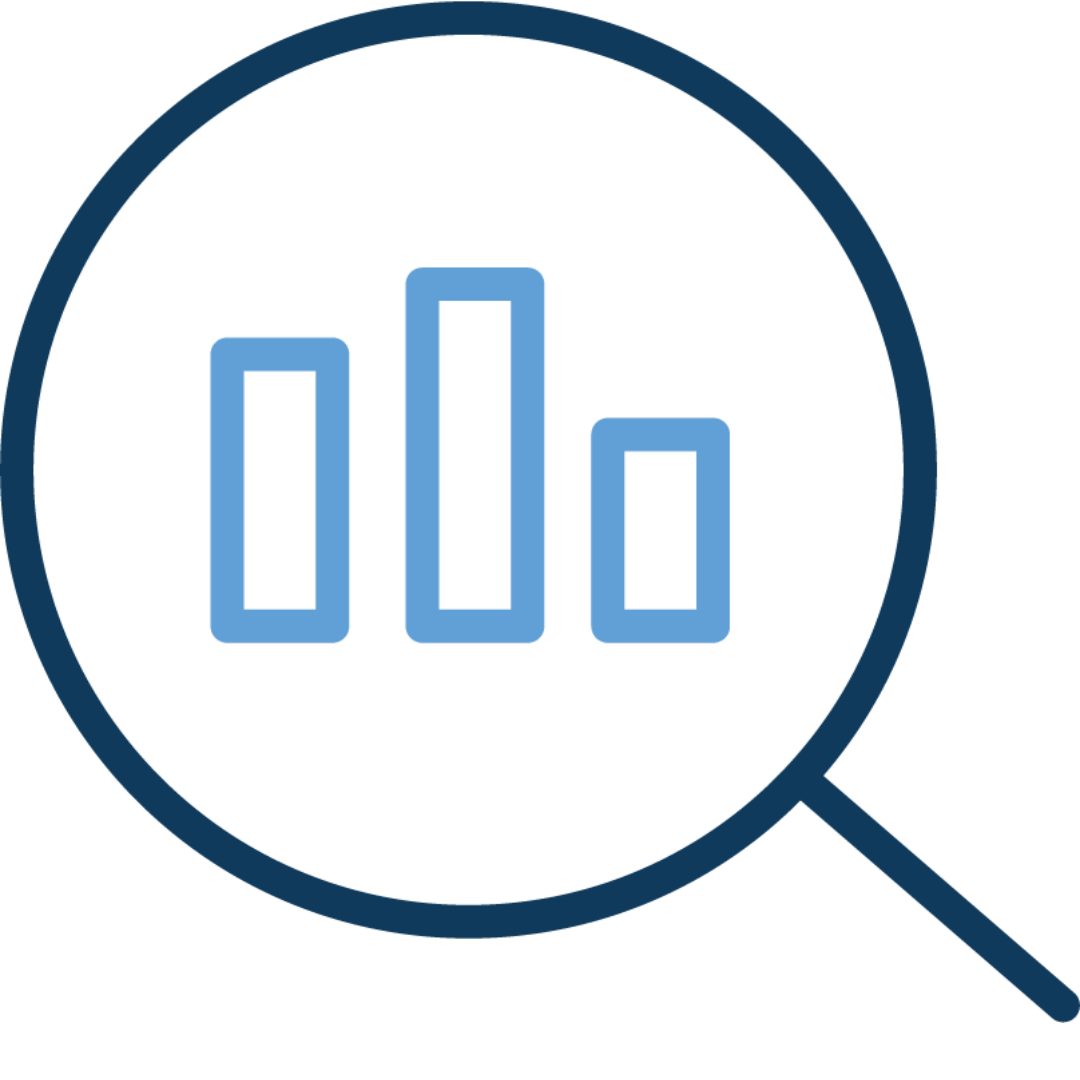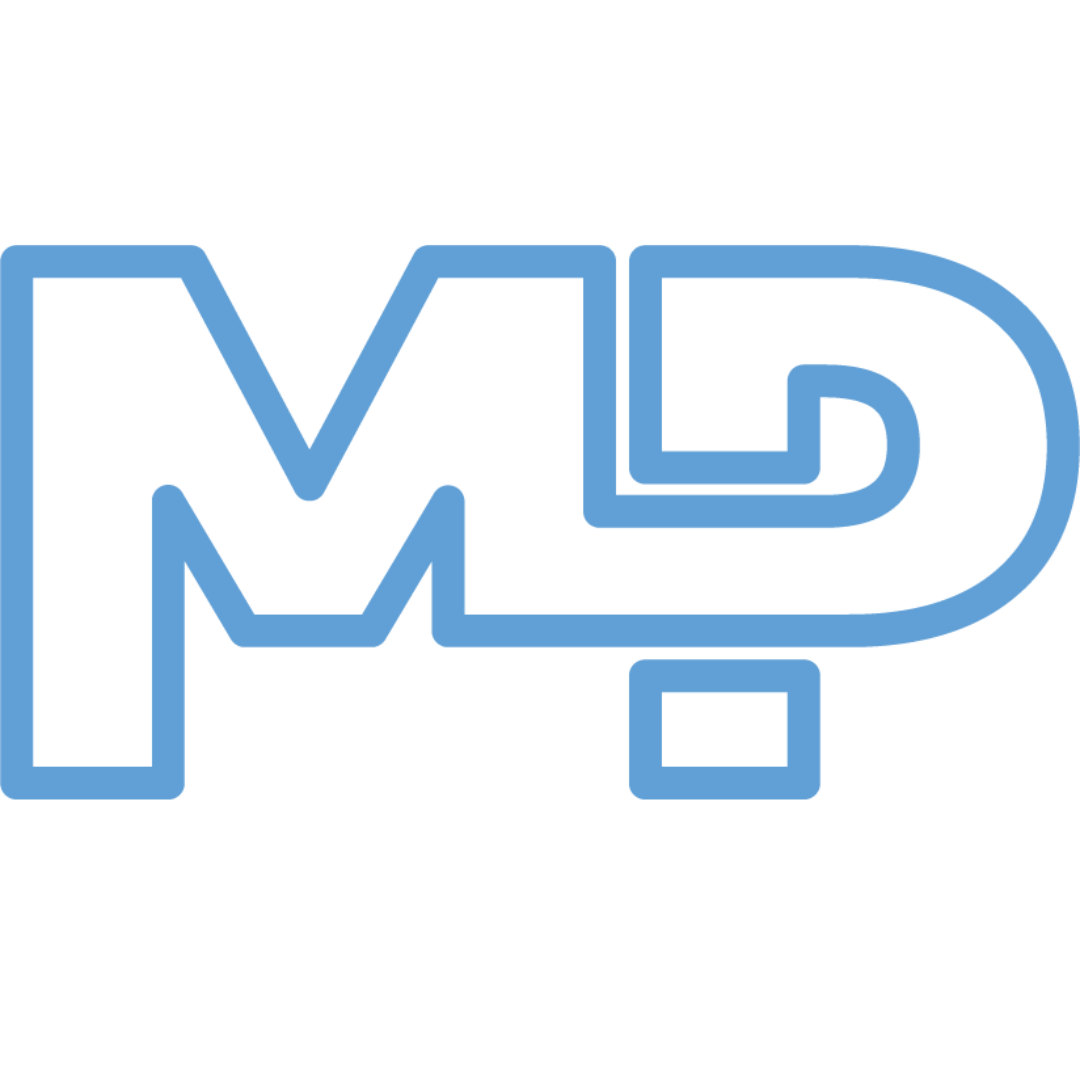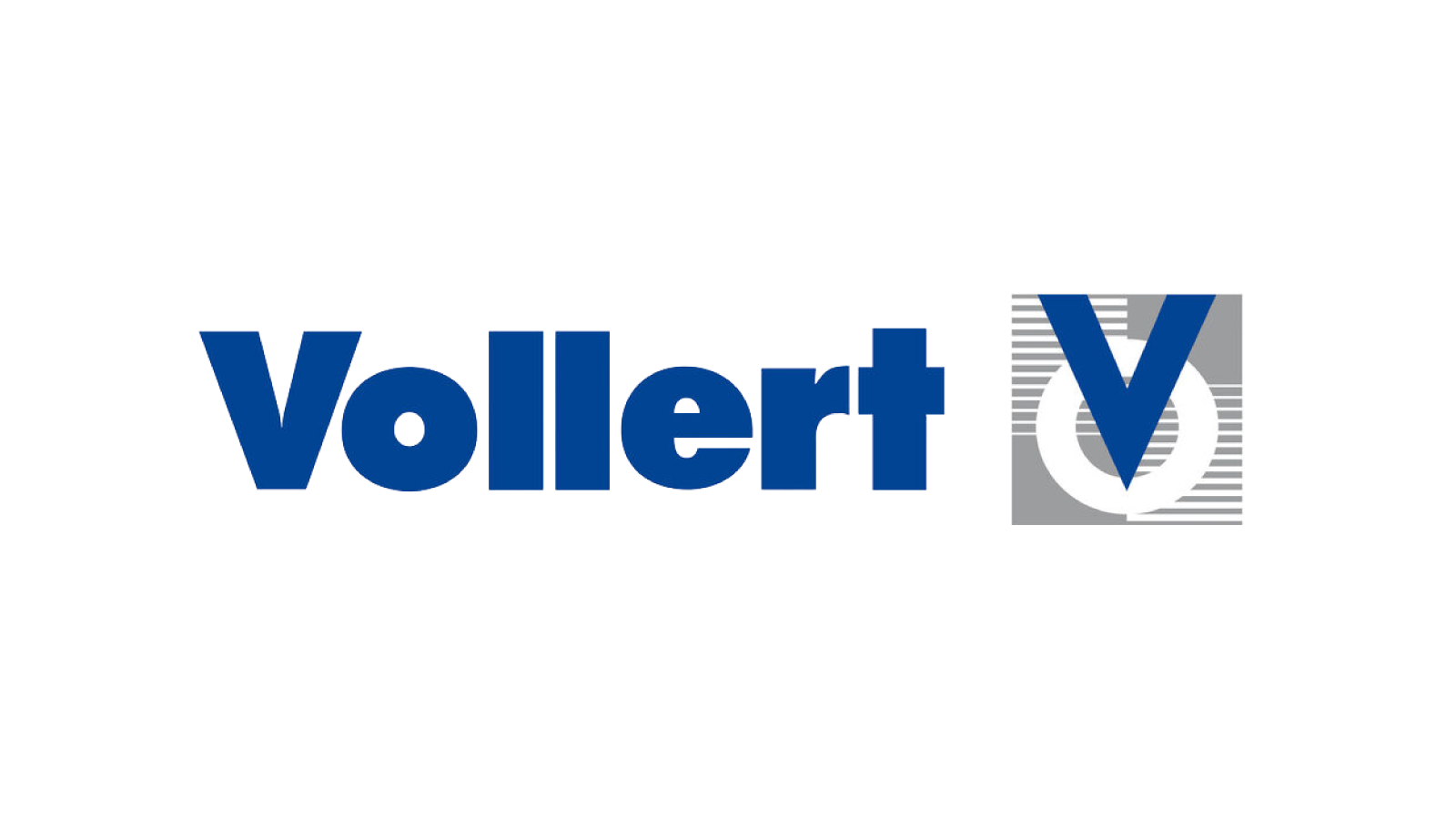Roadmap to Establishing Market-Based Spare Parts Pricing in Mechanical Engineering
Find out what you need to consider when implementing a dynamic pricing strategy and unlock important cross-selling and up-selling potential.

What you'll get out of it

Process Plan

Paradigm Shift in Pricing

Detailed Evaluations as the Basis

Integration of Marketing Management, Customers, and Employees

Support From MARKT-PILOT
Milestones for Establishing Dynamic Spare Parts Pricing in Mechanical Engineering
In this Onboarding Guide, after-sales managers will discover the key considerations for implementing market-based spare parts pricing in practice. The guide also explores the potential for cross-selling and up-selling and provides insights on integrating sales, marketing, and customers into the pricing strategy process.
Key Content:
- Milestones for defining the pricing strategy
- Process definition to implement market-based pricing across all countries and regions.
- Communicating pricing to customers, employees and management
- Role of reporting to support the excecution of the pricing strategy


Make the most of your parts business
This whitepaper is primarily aimed towards managers and decision makers in the after-sales departments of machine manufacturers (OEMs) with an annual turnover of more than five million euros in the spare parts business and over 500k pruchased parts revenue.
This includes companies primarily located in: Germany, Austria and Switzerland (GSA); USA & Canada; Norway, Sweden & Finnland and Italy.
The whitepaper benefits OEMs from all sub-sectors of the mechanical engineering industry, excluding the automotive industry. The background is that all machine manufacturers face the same challenge: with declining margins in new sales, spare parts pricing has a high impact in the revenue and profitability of the entire company.
The Spare Parts Pricing Software for Machine Manufacturing
- Proven Industry Expertise: 100% focus on mechanical and plant engineering
- Market Leadership: in IT-supported, data-driven spare parts pricing in mechanical engineering
- Over 150 customers worldwide
- Simple Implementation: our SaaS software requires no training or integration into existing systems
- Average 20% sales increases after just six months.
- PRICERADAR and PRICEGUIDE: fully automated market price research, precise price recommendations and detailed sales simulations for > 4,000 spare parts suppliers worldwide

Discover Why We're Your Perfect Choice
“The prices of spare parts must be able to hold their own on the market in order to maximize sales and company success. Especially in the key account sector, it is important to have valid data and a transparent market overview. Dynamic, market-based pricing for spare parts provides advantages in negotiations.”
Lassen Sie sich überzeugen
„Viele unserer Kunden konnten mit unseren beiden Softwarelösungen PRICERADAR und PRICEGUIDE bereits innerhalb eines Jahres ihren Umsatz um durchschnittlich 20 Prozent steigern; nicht nur auf Grund aktueller Marktdaten und verlässlicher Preisempfehlungen, sondern auch weil sie eine dynamische Preisstrategie besitzen, die wir zusammen mit ihnen definiert haben.“
„Das Thema dynamische Preissetzung hat in den letzten drei bis fünf Jahren massiv an Bedeutung gewonnen. Daher ist eine automatisierte Bepreisung von Ersatzteilen auf der Basis validierter, aktueller Marktdaten als Alternative zum herkömmlichen Cost-Plus-Ansatz unerlässlich.“
What Else You Should Know
Which Pricing Strategies Are Available for Spare Parts?
There are three fundamental strategies:
Focus on Price Image
Here, only the spare parts that are offered at too high price are adjusted. The goal is to ensure that customers no longer perceive the company as expensive.
The optimization of the price image through price intelligence strategies maximizes customer satisfaction by enabling price guarantees and opening up new market share potential. Increased cross-buying willingness can also generate additional revenue, for example, with service offerings, modifications, upgrades, or new machines.
Focus on fair prices
In this strategy, all sales prices are consistently adjusted to match the market. The goal is for customers to source all parts directly from the machine manufacturer, as they always offer a fair, market-based price.
This is often referred to as a compromise between optimizing sales, margin and customer satisfaction. Increased customer satisfaction and loyalty also results in a greater willingness to cross-sell and up-sell other services, conversions, upgrades and new machines.
Focus on sales
This strategy focuses on short-term revenue and margin increases by exploiting price and monopoly potentials.
In summary, these are measures for sustainably securing revenue increases. It is important to continuously monitor the development of customer satisfaction and act accordingly.
What general pricing models exist in the spare parts business?
There are essentially three options:
- Increase prices for underpriced spare parts (price increase potential)
- Raise prices for spare parts with little competition (potential for exclusivity)
- Improve price image to enhance customer loyalty and thus the opportunity for cross-selling and up-selling (market share potential)
The decision as to which pricing model is suitable for a machine manufacturer depends on various factors, including
- Volume, structure and history of the spare parts portfolio,
- pricing strategy including profit margin, share of spare parts in total sales and defined sales increase within a certain period of time
Would you like to learn about the role of price reductions and their benefits for increasing sales using concrete examples?
Request a non-binding consultation or product demo using our contact form!
To what extent can market share be increased by reducing the price of spare parts?
Attractive prices are particularly important for prominent spare parts. For example, a price reduction is a good idea for parts that are offered three times more often than they are sold. In this case, it is important to monitor the hit rate. In the next step, low-performance customers should be identified and actively approached. Certain parts can also be actively advertised with the price adjustment and at the same time the cross-buying readiness can be used for other products.
Note: Spare parts price reductions must be communicated cleverly to customers, employees and management. Marketing plays an important role here (definition and implementation of various campaigns).
Would you like to learn about the role of price reductions and their benefits for increasing sales using concrete examples?
Please also read The Ultimate Guide to Market-Based Parts Pricing
How can I get an automated market price research for my spare parts?
To help create informed decisions, PRICERADAR provides a clustered overview for concrete adjustments to your current prices and your pricing strategy.
Combine PRICEGUIDE and PRICERADAR to streamline pricing with automated recommendations based on market data.
Learn more how PRICEGUIDE revolutionizes parts pricing for machine manufacturers here.


